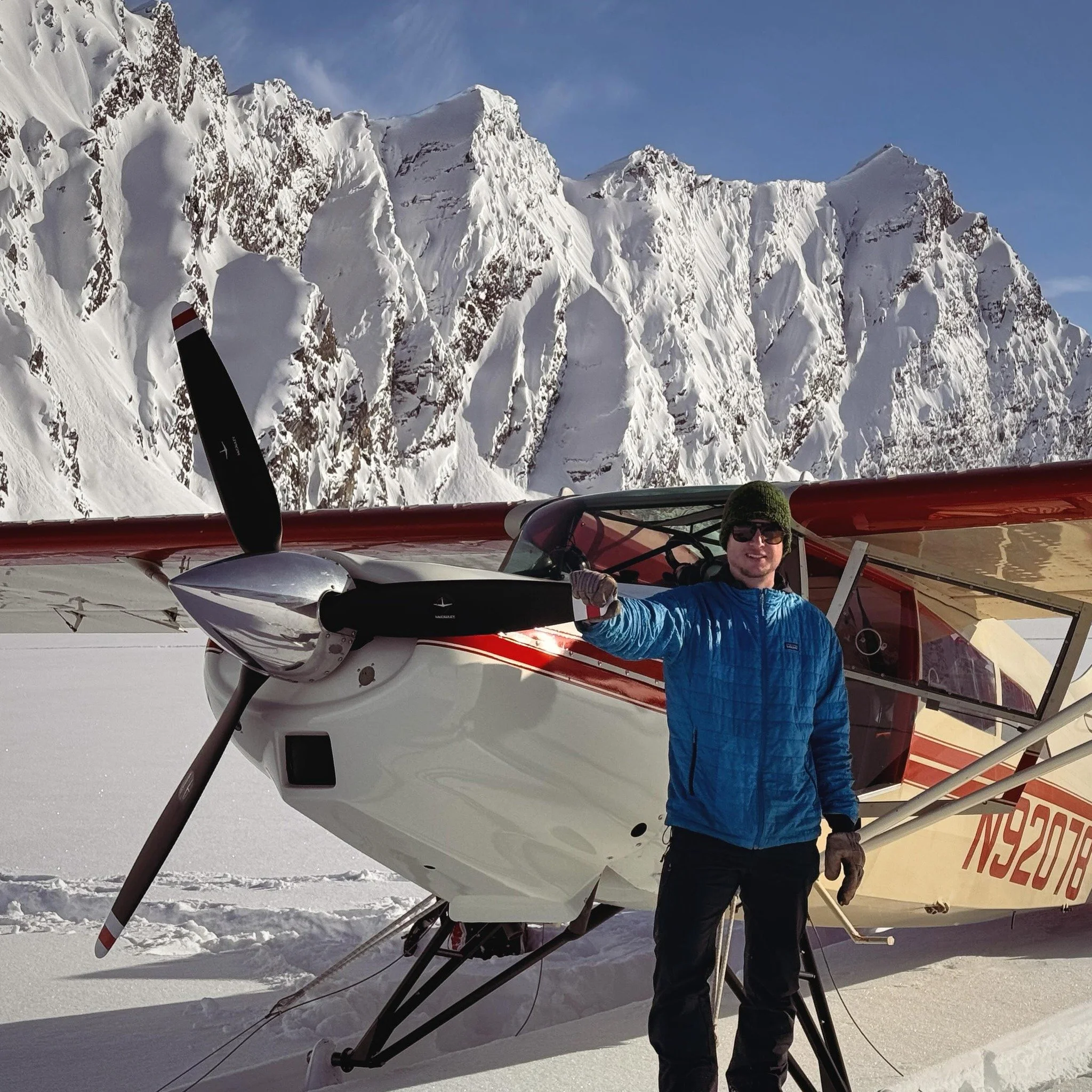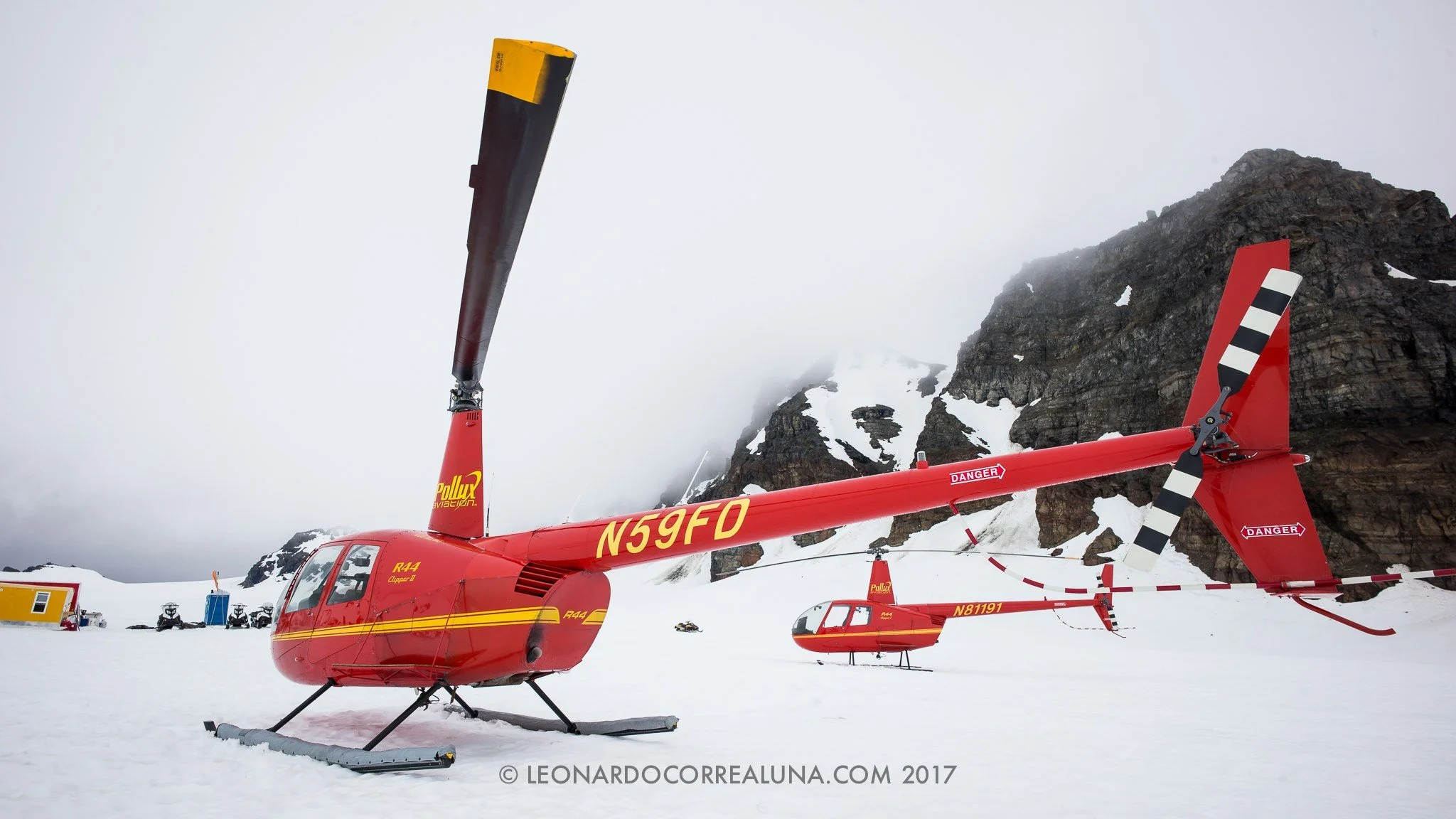Bore Tide at Turnagain Arm
Overview
Photo by Julie Martyn Photography
Turnagain Arm has the second largest tidal swing in North America. It can see tides as large as 40 feet and is only second to Bay of Fundy. These incredible tidal swings also create another magnificent mother nature feat, the BORE TIDE. A bore tide happens when rapidly rising tidewaters are forced up, forming a raised front and creating one, big WAVE. The Turnagain Arm Bore Tide is one of the largest in the world and can climb to 6-10 feet and travels 10-15 miles per hour.
Why is it so unique?
Photo by Julie Martyn Photography
Turnagain Arm’s geographical features make it quite unique. For starters, it’s the most Northern Bore Tide in the world and the only one in the United States. Second, it’s the only bore tide boarded by high-rising mountains, providing an incredible backdrop to the awesome wave. Third, the narrow, shallow gently sloping floor of Turnagain Arm allows the big wave to build slowly. Because of this slow, large wave surfers from all over the world come to Alaska to surf this bore tide. Check out this great article from KTVA.
Where to see it?
Viewing this amazing wave is very simple. You can see it along the Seward Highway the entire length of Turnagain Arm--40- to 50-mile stretch. The wildlife-spotting opportunity increases substantially during the bore tide; harbor seals often ride the tide into Turnagain Arm and Beluga whales may come in a half-hour or so later once the water gets deeper. The best viewing spots are:
Rainbow at Bird Point
Anchorage to Beluga Point- The first 20 minutes on the Seward Highway offers close-up views of the Tide. There are five highway pullouts along this stretch. The highway traverses the shoreline along the flats, giving you a real sense of the power and scale of the bore tide.
Bird Ridge - A mere 10 minutes from Girdwood and this view offer a wider more distant perspective of the wave than seeing it closer towards Anchorage.
Plan It Out
Since the incoming tide only happens twice a day, reviewing the bore tide schedule is critical! The bore tide is based on a strong rising tide. Basically, it only takes 4-5 hours for the bore tide to transition up the entire Arm. From the time low tide occurs at Fire Island, you can expect to see the bore tide at Bird Point 2.5 hours later. Most bore tides produce small waves but on tides, with big differential, the wave can be much bigger. This means your chances for seeing a large bore are best during the five-day window that surrounds the new and full moons. Also, look for extreme minus tides to catch the best bore. Extreme low tides promise the largest bores because of the amount of water rushing back into the inlet.



